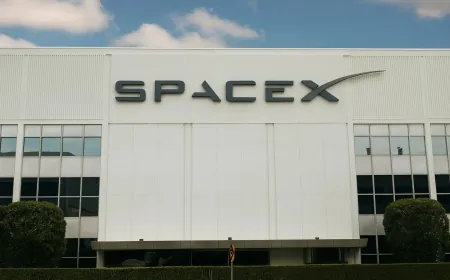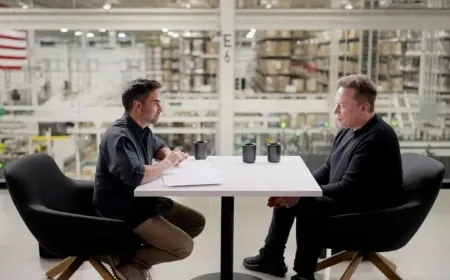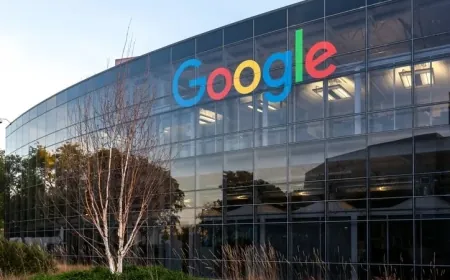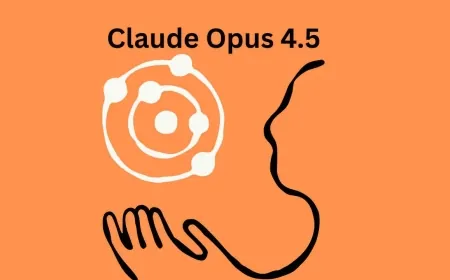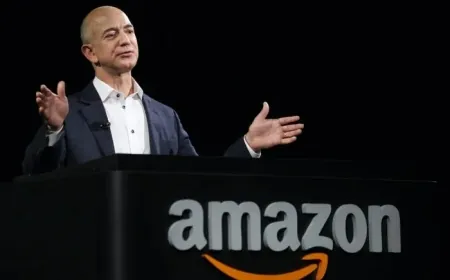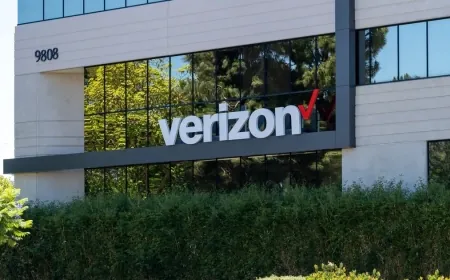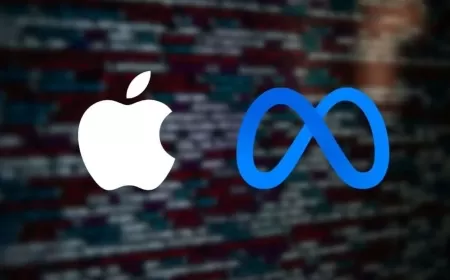Adobe Launches AI Video Tool Firefly, Competing with OpenAI and Meta
Adobe launches the Firefly Video Model, an AI tool that generates videos from text prompts, competing with OpenAI and Meta in video production
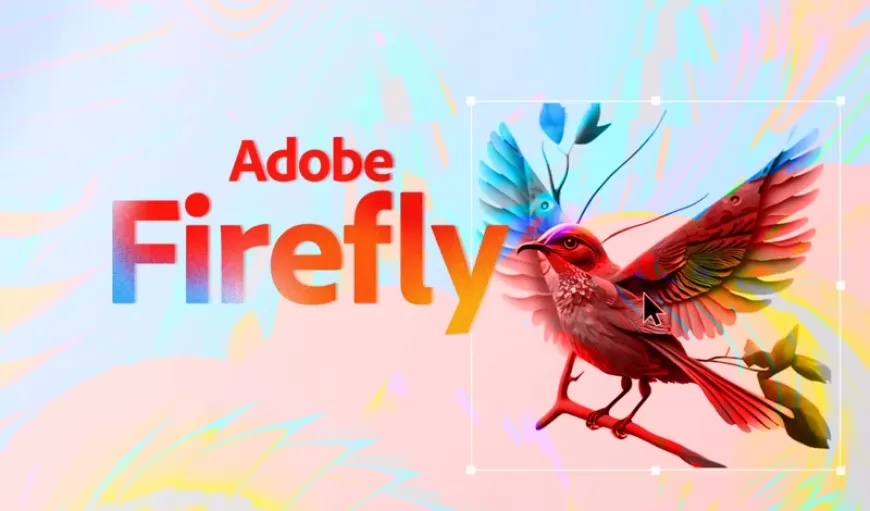
Adobe has launched its new AI video tool, the Firefly Video Model, marking a significant step in transforming how videos are created in the film and television industry. This technology enables users to produce videos simply by entering text prompts, making video production more accessible for creators of all skill levels.
This initiative places Adobe in competition with major players like OpenAI, which recently introduced its own video tool called "Sora," as well as TikTok's parent company ByteDance and Meta Platforms, both of which have released their video technologies in recent months.
What sets Adobe apart is its focus on using data it has the legal right to utilize for training its AI models. This ensures that any content generated with its tools can be legally used in commercial projects, avoiding potential copyright issues that some competitors may face.
Based in San Jose, California, Adobe plans to gradually give access to the Firefly Video Model to users who have signed up for its waiting list, although no specific date for a general release has been announced. While Adobe has yet to disclose any businesses using its video tools, it has established partnerships with notable companies for its AI image generation features. For instance, PepsiCo’s Gatorade utilizes Adobe's image model to allow customers to customize their bottle designs, and toy manufacturer Mattel has implemented Adobe's tools in creating packaging for its popular Barbie dolls.
The Firefly Video Model is designed with user-friendliness in mind, making it suitable for everyday use by video creators and editors. Adobe emphasizes that the AI will produce video content that seamlessly integrates with traditional footage. According to Ely Greenfield, Adobe’s Chief Technology Officer for Digital Media, the focus is on teaching the model key concepts used in video production, such as camera angles, positioning, and movement. “We prioritize giving creators detailed control over the content, helping it align with the standards video editors expect,” Greenfield noted in an interview.
Adobe’s entry into the AI-driven video production space reflects a larger trend where artificial intelligence is increasingly utilized to streamline content creation across various sectors. With the growing demand for video content, the Firefly Video Model has the potential to revolutionize how creators and companies produce visual media, offering a new level of efficiency without compromising quality. By concentrating on legal use and practical applications, Adobe aims to become a significant player in the future of AI-enhanced video creation.
Also Read: Meta Launches Movie Gen to Transform Video and Audio Creation with AI Technology


